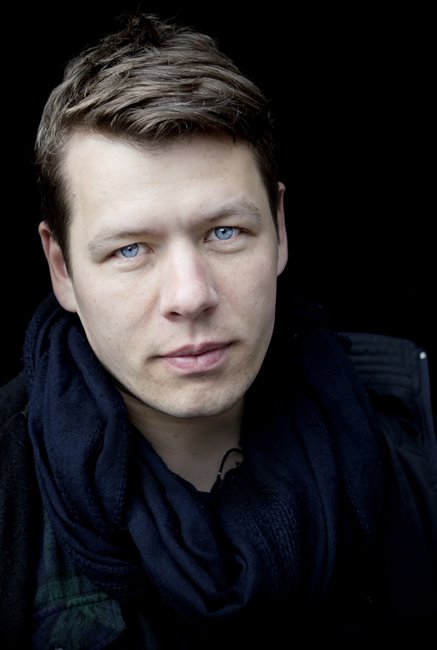Lunch at the home of Nafisa (25) who is surrounded by her family members weakened by the food crisis. Her son, Hojatullah (11 months old), is severely malnourished. “The nurses thought he was too quiet, he did not try to crawl, and when he was measured and weighed, they said he was severely malnourished. I breastfeed him, but I do not get enough to eat myself, so the milk is not worth much”, explains Nafisa. Alibeg, Afghanistan.
This story captures the daily life of people living across Afghanistan in 2022.
In August 2021, the withdrawal of US and allied forces from Afghanistan marked the end of a 20-year long attempt at nation-building. Taliban forces, having sustained an insurgency across the country, returned to power shortly after the collapse of the Afghan state. Consequently, all international aid, which in 2019 accounted for an estimated 80 percent of the country’s expenditures, was halted, and 7 to 9 billion dollars of assets belonging to the Afghan state were frozen. Without these two sources of government income, the already fragile Afghan economy effectively collapsed.
National gross domestic product of Afghanistan dropped to around 25 percent of its peak in early 2021. Estimates for 2022 suggest that 97 percent of the population lives below the poverty line and 95 percent of people do not have enough to eat. Nine million people are at risk of famine and, according to the UN, over a million children are severely malnourished. COVID-19, intense droughts, and the inability of aid organizations to bring relief to those in need have all exacerbated the crisis, which is only expected to worsen in 2023.
Mads Nissen photographed this story on assignment for Politiken. He said: “My hope with this work is more than anything to create not just awareness, but engagement to the millions of Afghans who are desperately in need of food and humanitarian aid right now.”

